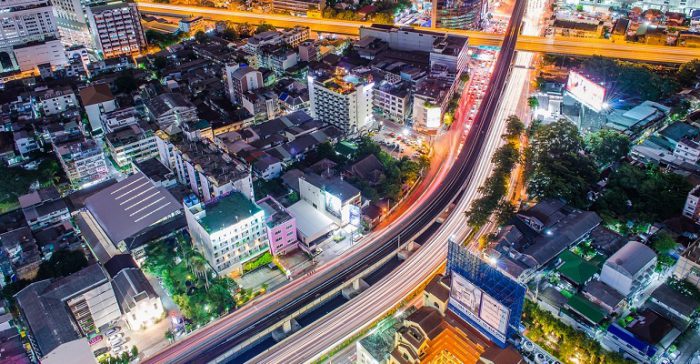How smart cities (will) work
Extreme Tech, April 19, 2016. Image credit: davidpheat
Energy and Utilities
We have a connected electric grid that allows utilities to redirect power based on demand. What we don’t have – broadly deployed at least– is the intelligence to better monitor and control energy usage in homes, offices, factories, and warehouses, and to share that information effectively to better manage and conserve energy.
In newer buildings, much better intelligence is being built in, including the use of sensors to detect occupancy to manage HVAC and lighting. Progressive utility companies are increasingly offering incentives to developers for new construction to connect their systems to the grid, so that power consumption can be monitored and massaged by the utility to better handle peak loads. Siemens and GE are two of the top companies providing solutions in those areas.
In some areas, utilities offer rebates on Nest thermostats in return for consumers allowing the company to vary temperatures by a couple of degrees during peak load times. Other intelligent appliances like washers and refrigerators from Whirlpool, Samsung, and LG already exist. Some utilities are also looking to employ dynamic energy pricing. In turn, they can offer incentives to consumers to reduce costs with intelligent appliances, which can schedule some activities for different times of day and thus allow more efficient management of the grid. Not all utilities are municipally owned, so some amount of partnering will need to happen for cities on the cutting edge of “smartness” to convince investor-owned companies to participate in key initiatives.

Water may be the new oil, and water conservation is paramount — especially in dryer areas of the Sunbelt. In contrast with electric, municipalities typically own and run water services. But unlike with electric service, smart water meters have been slow in coming, partly due to their cost and the increased labor to retrofit to existing homes. Smart water meters can detect leaks by analyzing flow over a period of time, and automatically report problems to the utility and the consumer. Even without smart meters, utilities are connecting billing data to applications services to help consumers better understand and monitor their usage. For example, the city of Austin enables consumers to connect their usage information to dropcountr.com, which enables mobile and web access to water usage and useful comparisons to usage in neighboring homes.
